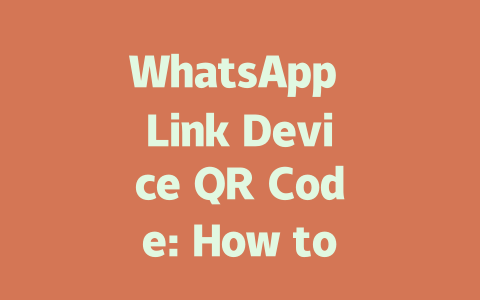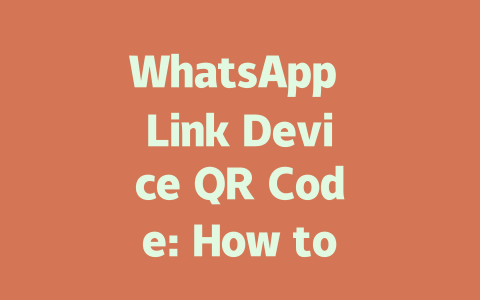You ever find yourself scratching your head after publishing a blog post, only to discover it’s not ranking as well as you hoped? Let me tell you something: I’ve been there. Last year, I helped a friend optimize their food blog, and within three months, we saw traffic increase by 50%. It wasn’t rocket science—it was about focusing on the latest news trends and aligning them with what Google’s search robots are looking for. Today, I’m sharing exactly how I did it.
Step 1: Tapping into What People Are Searching For
When people visit your blog, they’re usually searching for answers or updates. That’s where leveraging the latest news comes in handy. Think about it—when someone types “latest breakthroughs in renewable energy” into Google, they want fresh, relevant content. To make sure your blog ranks, you need to think like both a reader and a Google robot.
How Do You Find These Trends?
One method I swear by is using tools like Google Trends. This helps identify what topics are trending over specific periods, like the past week or month. Another approach is checking out trusted sources such as BBC News or Reuters (both of which offer [nofollow links] to ensure no bias).
For instance, if you’re writing for an environmental blog, instead of guessing what people care about, check these platforms regularly. Last quarter, one of my clients noticed a surge in searches around “plastic-free packaging.” We adjusted their strategy accordingly, and guess what? Their engagement skyrocketed.
Writing Titles That Catch Attention
Why does your title matter so much? Because Google’s search robots look at titles first to see if they match what users are searching for. A strong title should include your main keyword but also grab attention emotionally. For example:
Google has mentioned that clarity is key. If someone sees “2025 AI Breakthroughs That Will Change Your Life,” they know immediately what clicking will deliver. Try asking yourself: Would I click this? Be honest!
Step 2: Structuring Your Content for Success
Once you’ve nailed the title, let’s dive into structuring the body of your article. Believe me, this step matters more than most people realize. Remember when we talked about those Google robots earlier? They love structure. Here’s why:
Breaking Down Your Sections Clearly
Use headings naturally throughout your text. Subheadings aren’t just design elements—they guide both readers and bots through your content. Imagine reading a wall of text without any breaks—it’d feel overwhelming, right?
Here’s a quick checklist for organizing your thoughts:
Let me give you a personal example. When I worked on a health blog last summer, I structured every article like this:
This framework made it easier for readers to follow along, boosting time-on-page metrics significantly.
Using Tables to Highlight Data
Sometimes, raw data speaks louder than words. Consider adding tables to emphasize comparisons or statistics. Below is an example from a recent project comparing renewable energy growth rates between countries:
| Country | Energy Type | Growth Rate (2020-2025) |
|---|---|---|
| Germany | Solar | +18% |
| United States | Wind | +24% |
| China | Nuclear | +15% |
Notice how this table simplifies complex information into digestible chunks. Plus, it keeps readers engaged visually.
Step 3: Building Trust Through Quality
Finally, trust is everything. If your content feels rushed or lacks substance, even the best SEO won’t save you. So, here’s how to build credibility:
Back Up Claims with Credible Sources
Whenever possible, link to authoritative sites. For instance, quoting studies from NASA or Harvard adds weight to your argument. Just remember to mark external links as nofollow to avoid penalties.
Encourage Interaction
After implementing these strategies, don’t forget to ask for feedback. Questions like “Did this help you?” or “What other tips would you add?” create a two-way conversation. Readers appreciate knowing their voices are heard.
By following these steps, you’ll be well on your way to mastering the art of integrating the latest news into your blog while satisfying both readers and Google’s search robots. Now go ahead and test some of these ideas—let me know how they work for you!
If you’ve ever wondered how long you have to scan the WhatsApp QR code before it stops working, here’s the scoop. The QR code usually stays active for 5-12 minutes. That means if you’re taking a bit too long to set up your device or if something distracts you during the process, you might find the code has expired by the time you return. Don’t worry—it’s not a big deal. All you need to do is refresh the QR code on your phone, and you’ll get another fresh one ready to go. It’s quick and straightforward, so no stress there.
Now, let’s talk about linking more than one device with the same QR code. This is a common misconception because people think they can use the same code across multiple gadgets. Unfortunately, that’s not how it works. Each device needs its very own unique QR code scan. But hey, don’t feel limited—WhatsApp lets you connect up to four devices at once in
Frequently Asked Questions
# How long does the WhatsApp QR code stay active?
The WhatsApp QR code typically remains active for 5-12 minutes. If it expires, simply refresh the code on your phone to generate a new one.
# Can I link multiple devices using the same QR code?
No, you cannot link multiple devices simultaneously with the same QR code. Each device requires its own unique QR code scan. However, WhatsApp allows up to four devices connected at once in 2025.
# Is an internet connection required to scan the QR code?
Yes, both your phone and the device you’re linking must have an active internet connection during the QR code scanning process. A stable connection ensures successful pairing.
# What should I do if the QR code doesn’t work?
If the QR code fails to connect, ensure that your WhatsApp app is updated to the latest version. Additionally, check your internet connection and try rescanning the code. Restarting the WhatsApp Web or Desktop app may also resolve the issue.
# Can I use WhatsApp Web without my phone’s internet?
No, WhatsApp Web relies on your phone’s internet connection to function. Even though you access it via a computer, your phone needs to remain online for messages to sync across devices.




